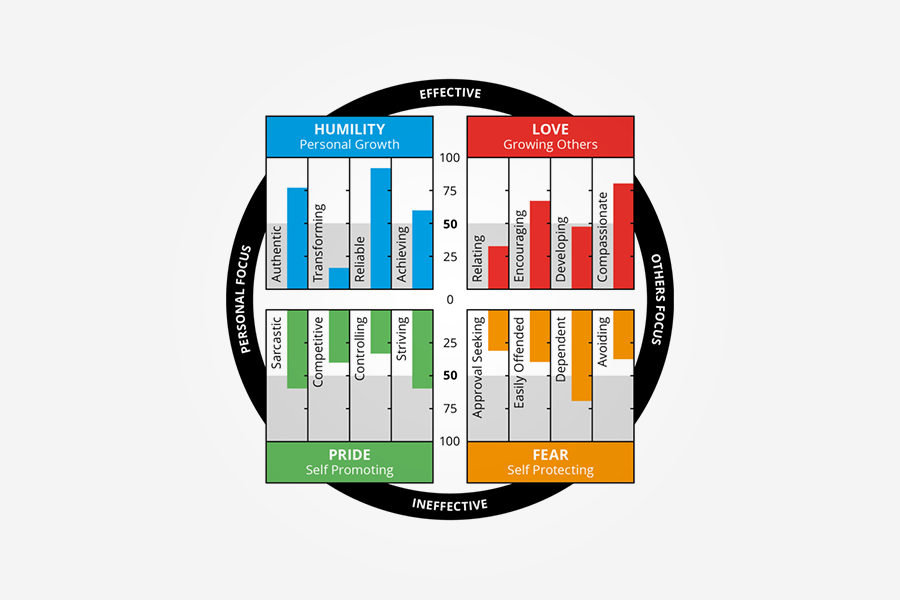 Heartstyles blog
Heartstyles blog
Navigating the matrix: Using Heartstyles to leverage organisational structure

Author
Sandra Bullen – Former Marketing & Communications Director

In this blog series, we look back on programmes with various clients and share the insights we've unearthed.
Most businesses understand the importance of aligning their structure to their strategy. But structure doesn't just shape the org chart - it also shapes people.
A recent programme with one of our global clients perfectly illustrated this point. Over the course of our workshops, it became clear that the company's matrix structure was driving all kinds of ineffective behaviours.
And when we say all kinds, we mean it...
The Heartstyles model maps eight types of behaviour that we term below the line, as you can see below. As teams opened up to us, we heard statements relating to the majority of them.

People felt that, being subject to multiple chains of command, they needed superiors firmly on board to get anything done. Those who found approval hard to obtain, often decided not to risk taking any initiative (an Avoiding behaviour) and instead wait for orders (which is Dependant).
"If you have an idea, you can find plenty of people to say 'no'. It's hard to know who can say 'yes'."
Heartstyles participant on their organisation's structure
Ideally, a matrix structure gives employees multiple ways of
seeing their role. It can, however, leave them feeling pulled in different
directions. We heard a lot of people talk about using Competitive and Strivingbehaviours to push their agendas forward, and exert a more Controlling influence over their part of the business in response
to this.
So what's the lesson here? That matrix structures don't work? Of course, it's not as simple as that...
For many organisations, such structures open new, better ways of working. But if people are turning up each day feeling worn down or fed up, these benefits simply won't materialise.
That means it's vital to give people the tools to respond to that structure in what we would term an 'above the line' way - especially for leaders.
It could mean having the strength of character to keep Relating to others during a cross-functional conflict. Alternatively, it may mean having the ability to remain Authentic in the face of such conflicts, accepting that you can't please everyone all of the time. Or it might mean taking a more, Compassionatecollegiate approach and breaking down silos.
In a complex structure, it may not always be clear who we're responsible to at any one time, but we always know who we're responsible for: ourselves. By actively considering the emotional demands their structures place on leaders and teams, organisations can help build an environment that, rather than frustrating them, helps people flourish.